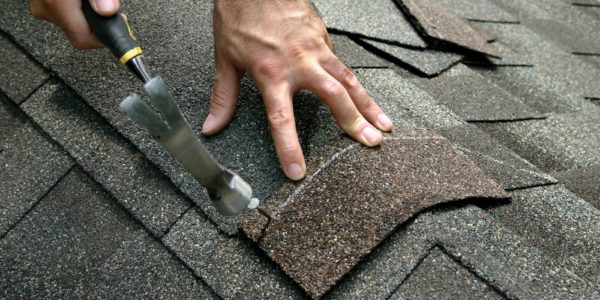Roof Over Your Head: A Homeowner’s Crash Course in Roofing Basics
Your roof is more than just shingles and flashing; it’s a complex system designed to protect your home from the elements. Understanding the basic components, materials, and maintenance requirements of your roof empowers you to make informed decisions and ensure its longevity.
Texas Roofing Pro is here to provide a beginner’s guide to roofing, arming you with the knowledge you need to keep your roof in tip-top shape.

Anatomy of a Roof: Key Components
Let’s break down the essential parts of a typical roof:
- Roof Deck: The structural base that supports the roofing materials. It’s usually made of plywood or oriented strand board (OSB).
- Underlayment: A waterproof barrier installed over the roof deck to protect against leaks.
- Flashing: Metal strips installed around chimneys, vents, and other roof penetrations to prevent water from seeping in.
- Shingles: The outermost layer of your roof, providing protection from rain, wind, and other elements.
- Ventilation: Vents in your roof allow for air circulation, preventing moisture buildup and heat damage in your attic.
- Gutters and Downspouts: These channels collect rainwater and direct it away from your home’s foundation.
Common Roofing Materials
- Asphalt Shingles: The most popular roofing material due to its affordability, durability, and wide range of colors and styles.
- Metal Roofing: Known for its longevity, energy efficiency, and resistance to fire and hail.
- Tile Roofing: Offers a distinctive aesthetic and exceptional durability, particularly in hot climates like Texas.
- Slate Roofing: A premium material with a timeless beauty and exceptional lifespan.
Signs of Roof Trouble
It’s important to be vigilant and recognize signs that your roof may need attention:
- Missing or Damaged Shingles: Check for loose, cracked, or curling shingles, which can leave your roof vulnerable to leaks.
- Water Stains or Leaks: Inspect your ceilings and attic for water stains or leaks, which indicate a problem with your roof.
- Granule Loss: Asphalt shingles lose granules over time, but excessive granule loss can indicate that your roof is nearing the end of its lifespan.
- Sagging Roof: A sagging roof can be a sign of structural damage and should be addressed immediately.
Essential Roof Maintenance
- Regular Inspections: Inspect your roof twice a year, in the spring and fall, and after any major storms.
- Clean Gutters and Downspouts: Remove debris from your gutters and downspouts at least twice a year to ensure proper drainage.
- Trim Overhanging Branches: Trim back any branches that are touching or hanging over your roof to prevent damage and debris accumulation.
- Address Repairs Promptly: Don’t procrastinate on repairs! Fix leaks, replace damaged shingles, and address other issues as soon as possible.
Texas Roofing Pro: Your Roofing Experts
At Texas Roofing Pro, we understand the unique challenges that Texas weather presents to your roof. We’re committed to providing expert roofing services, including inspections, repairs, replacements, and maintenance plans. Our experienced team will ensure your roof is in top condition, protecting your home and investment for years to come.
Ready to Take Control of Your Roof’s Health?
Contact Texas Roofing Pro today for a free roof inspection and consultation. We’ll provide you with a comprehensive assessment and recommend the best solutions to keep your roof strong and beautiful.

